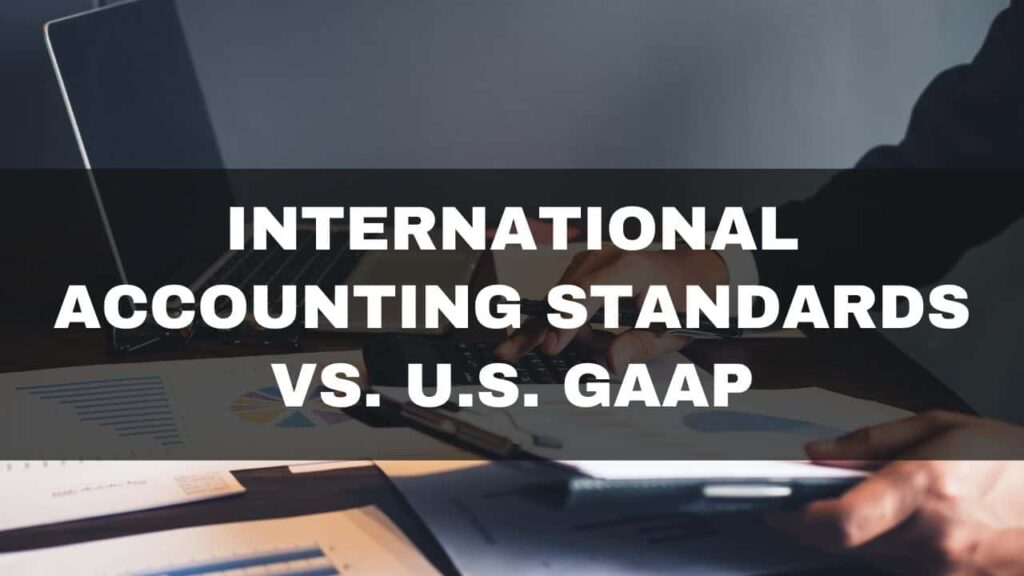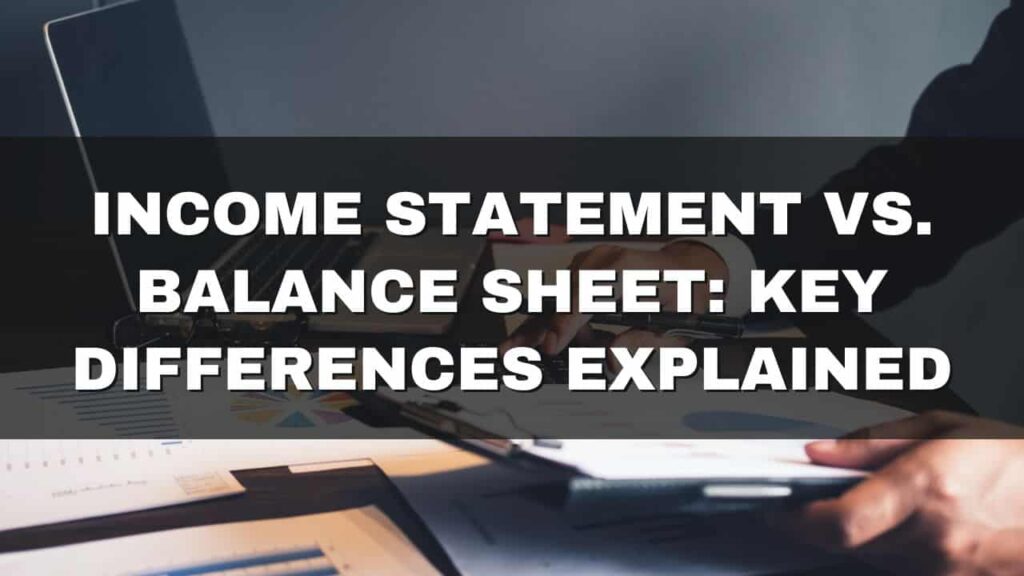Table of Contents
International Accounting Standards Vs US GAAP: Understanding the Differences
The world of accounting is governed by two major sets of accounting standards: International Accounting Standards (IAS) and the U.S. Generally Accepted Accounting Principles (US GAAP). While both aim to provide a standardized framework for financial reporting, there are notable distinctions between the two. In this post, we’ll delve into the distinction of IAS and US GAAP, exploring their key differences, convergence efforts, and implications for multinational companies.
International Accounting Standards (IAS)
International Accounting Standards (IAS) are a set of accounting standards established by the International Accounting Standards Board (IASB). They are a comprehensive framework for financial reporting used in over 144 countries. IAS aims to provide a globally consistent basis for presenting financial information.
U.S. Generally Accepted Accounting Principles (US GAAP)
The U.S. Generally Accepted Accounting Principles (US GAAP) is a set of accounting principles, standards, and procedures established by the Financial Accounting Standards Board (FASB). US GAAP is specific to the United States and is the standard framework used for financial reporting by U.S. companies.
Key Differences Between IAS and US GAAP
1. Conceptual Framework
One of the primary differences lies in the conceptual framework. While both IAS and US GAAP share similarities, they have variances in terms of definitions, objectives, and qualitative characteristics of financial reporting.
2. Revenue Recognition
IAS and US GAAP have different approaches to revenue recognition. IAS follows a principles-based approach, emphasizing substance over form, while US GAAP tends to be more rule-based, with specific guidance for various industries.
3. Inventory Valuation
IAS permits the use of either the First-In, First-Out (FIFO) method or the Weighted Average Cost method for valuing inventory. US GAAP, on the other hand, allows multiple methods, including FIFO, LIFO (Last-In, First-Out), and Weighted Average Cost.
4. Leases
IAS and US GAAP have differing approaches to lease accounting. IAS tends to be more lessee-friendly, while US GAAP has traditionally leaned towards a lessor-friendly approach. However, recent updates have aimed to align these standards.
5. Financial Instruments
The treatment of financial instruments is another area of distinction. IAS has a single standard, IFRS 9, that provides guidance for all financial instruments. US GAAP has multiple standards, each addressing different types of financial instruments.
Convergence Efforts
In recent years, there has been a concerted effort to converge IAS and US GAAP. The goal is to reduce the differences between the two sets of standards, making it easier for multinational companies to prepare financial statements that comply with both.
When to Apply IAS or US GAAP
The choice between IAS and US GAAP depends on various factors, including the jurisdiction in which a company operates, the exchange on which it is listed, and its reporting requirements.
Implications for Multinational Companies
Multinational companies operating in multiple jurisdictions face challenges in financial reporting due to the differences between IAS and US GAAP. They must carefully navigate these standards to ensure compliance and accurate financial reporting.
Challenges and Considerations
Adopting and applying IAS or US GAAP can be complex, particularly for companies operating in multiple jurisdictions. Considerations include training, resource allocation, and staying updated with evolving accounting standards.
Final Thoughts:
Understanding the distinctions between International Accounting Standards (IAS) and U.S. Generally Accepted Accounting Principles (US GAAP) is crucial for accurate financial reporting, particularly for multinational companies. As convergence efforts continue, it’s essential for finance professionals to stay updated with the latest developments in both sets of standards. By doing so, companies can navigate the complexities of global financial reporting with confidence and accuracy.
We also have:
The Basics of Double-Entry Accounting
Understanding Debits and Credits
For more click here and if you are looking for full forms of different acronyms and words then check out this list you really gonna find this helpful. We also have an Essay on every topic, Check the complete list here. If you are Studying in Matric Free Video Lectures of Maths, Physics and English are here, and we have got you covered for I.COM Business Maths also.







